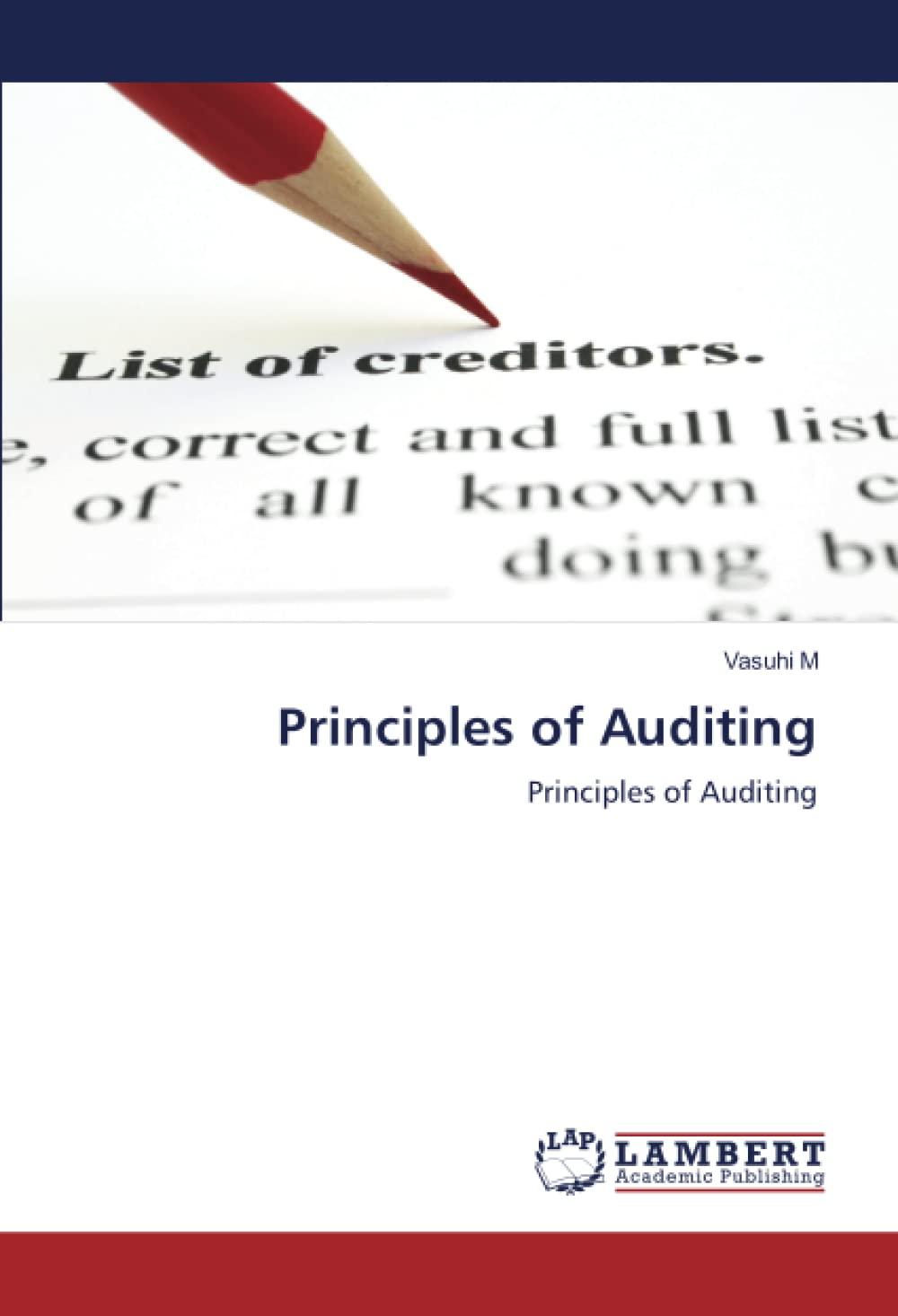Question
1. What has more influence on whether a person will engage in unethical behaviour? A)Mood. B)Situation. C)Disposition. 2. When developing a framework for ethical decisions,
1. What has more influence on whether a person will engage in unethical behaviour?
A)Mood.
B)Situation.
C)Disposition.
2. When developing a framework for ethical decisions, you must ensure:
A)Conflicts of interest are left unresolved.
B)There is a lack of disclosure to clients.
C)Independence and objectivity is maintained.
3.Which of the following is not likely to influence a person to engage in unethical conduct?
A)Obedience to authority.
B)Following group decisions.
C)Lack of confidence in ability.
4. The mosaic theory holds that an analyst:
A)Violates the Code and Standards if the analyst fails to have knowledge of and comply with applicable laws.
B)Can use material public information or nonmaterial non-public information in the analysts analysis.
C)Should use all available and relevant information in support of an investment recommendation.
5. Which of the following best describes a negative bond covenant? The issuer is:
A)Required to pay taxes as they come due.
B)Prohibited from investing in risky projects.
C)Required to maintain its current lines of business.
6. An Australian company issues bonds denominated in pound sterling that are sold to investors in the United Kingdom. These bonds can be described as:
A)Eurobonds.
B)Global bonds.
C)Foreign bonds.
7. A company has issued a floating-rate note with a coupon rate equal to the three-month Libor + 65 basis points. Interest payments are made quarterly on 31 March, 30 June, 30 September, and 31 December. On 31 March and 30 June, the three-month Libor is 1.55% and 1.35%, respectively. The coupon rate for the interest payment made on 30 June is:
A)2.00%
B)2.10%
C)2.20%
8. The provision that provides bondholders the right to sell the bond back to the issuer at a predetermined price prior to the bonds maturity date is referred to as:
A)A put provision.
B)A make-whole call provision.
C)An original issue discount provision.
9.The distinction between investment grade debt and non-investment grade debt is best described by differences in:
A)Tax status.
B)Credit quality.
C)Maturity dates.
10. A bond with two years remaining until maturity offers a 3% coupon rate with interest paid annually. At a market discount rate of 4%, the price of this bond per 100 of par value is closest to:
A)95.34
B)98.00
C)98.11
11.Suppose a bonds price is expected to increase by 5% if its market discount rate decreases by 100 basis points. If the bonds market discount rate increases by 100 basis points, the bond price is most likely to change by:
A)5%.
B)Less than 5%.
C)More than 5%.
12.Holding all other factors constant, the most likely effect of low demand and heavy new issue supply on bond yield spreads is that yield spreads will:
A)Widen.
B)Tighten.
C)Not be affected.
13. The one-year spot rate is 4%, the forward rate for a one-year loan beginning in one year is 6%, and the forward rate for a one-year loan beginning in two years is 8%. Which of the following is closest to the three-year spot rate?
A)4.0%
B)6.0%
C)8.0%
Step by Step Solution
There are 3 Steps involved in it
Step: 1

Get Instant Access to Expert-Tailored Solutions
See step-by-step solutions with expert insights and AI powered tools for academic success
Step: 2

Step: 3

Ace Your Homework with AI
Get the answers you need in no time with our AI-driven, step-by-step assistance
Get Started


